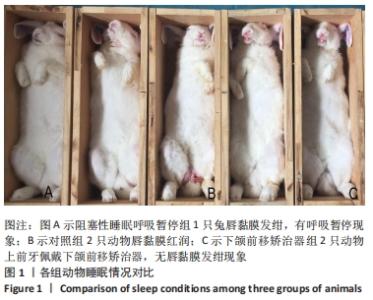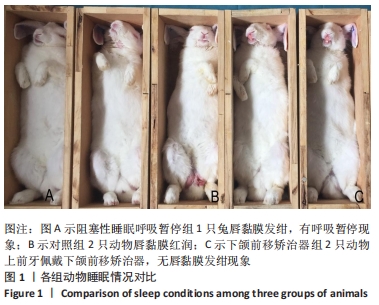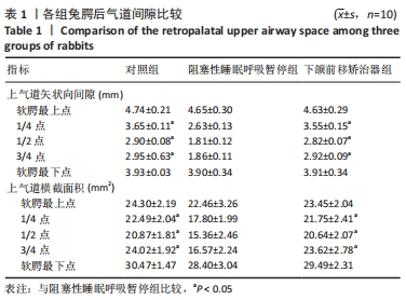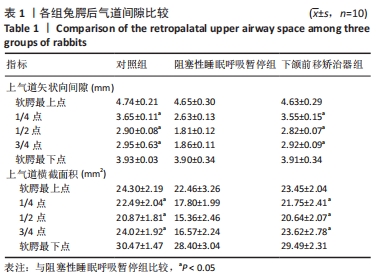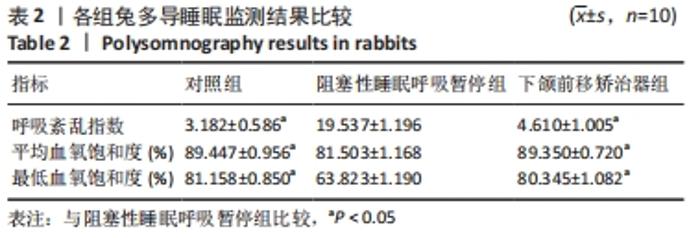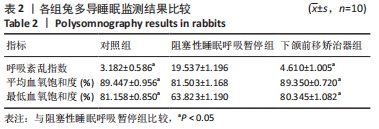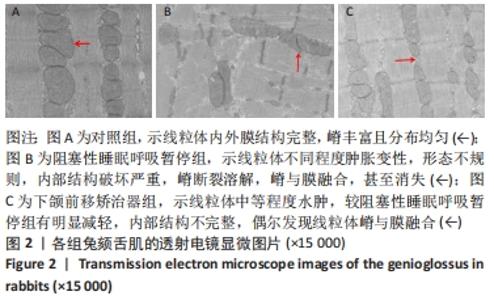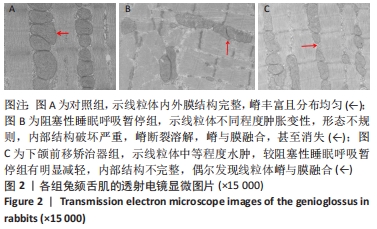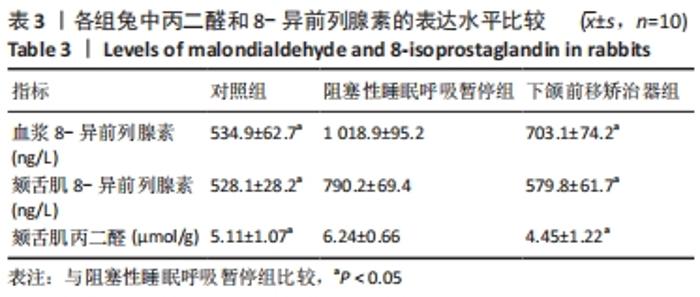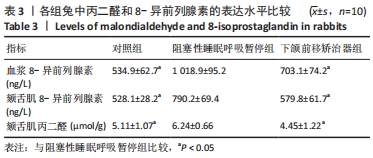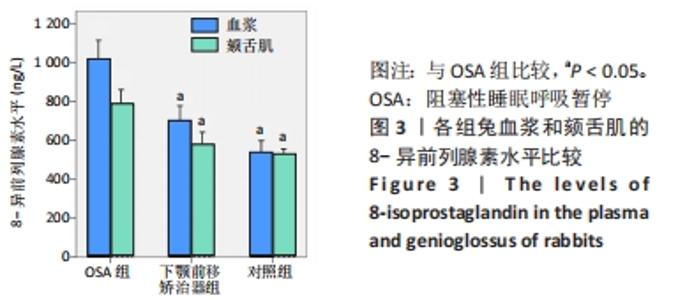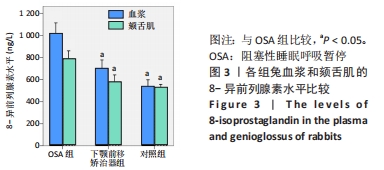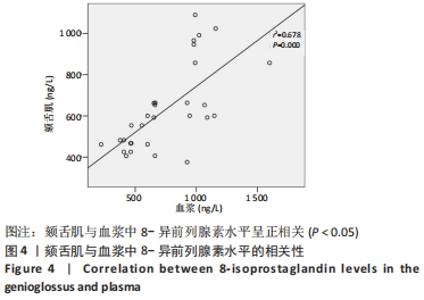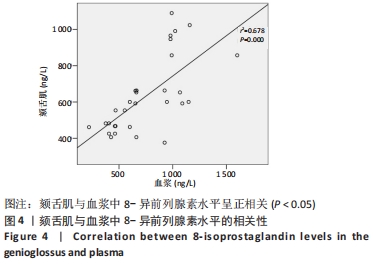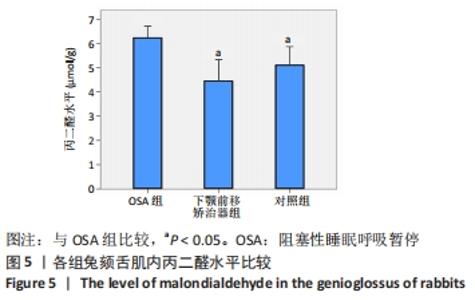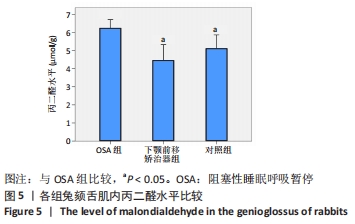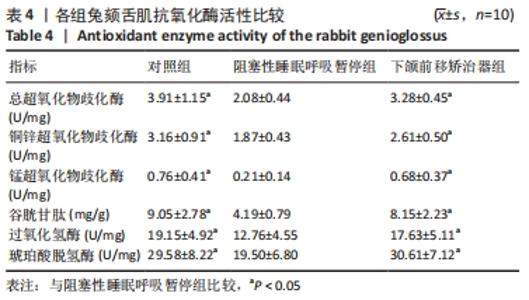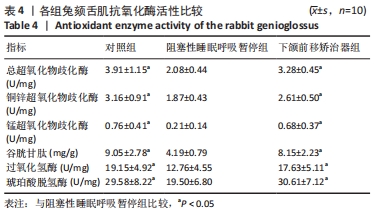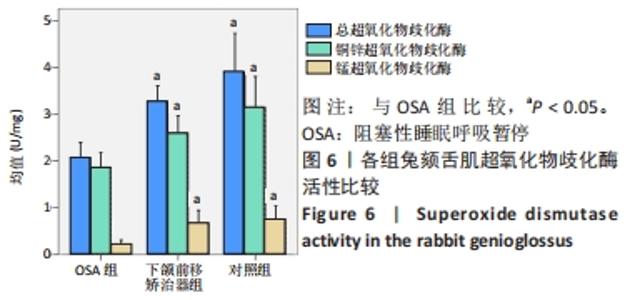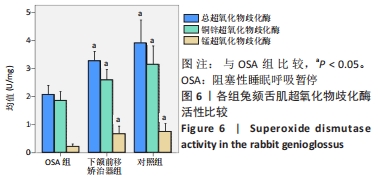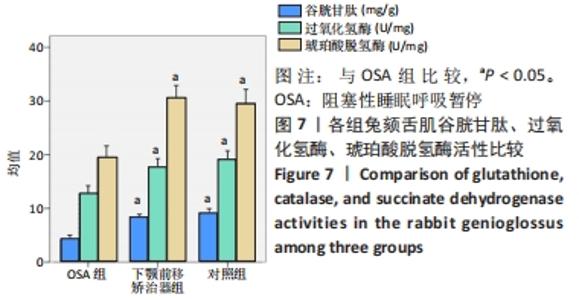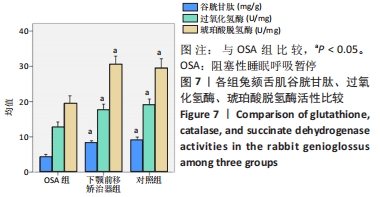[1] 张幼芬,唐世雄. 阻塞性睡眠呼吸暂停低通气综合征的治疗选择[J]. 现代实用医学,2018,30(9):1124-1126.
[2] WOJDA M, KOSTRZEWA-JANICKA J, ŚLIWIŃSKI P, et al. Mandibular Advancement Devices in Obstructive Sleep Apnea Patients Intolerant to Continuous Positive Airway Pressure Treatment. Adv Exp Med Boil. 2019;1150:35-42.
[3] LIU CY, LU HY, DONG FS, et al. Effects of a mandibular advancement device on genioglossus in obstructive sleep apnoea hypopnea syndrome. Eur J Orthod. 2015;37(3):290-296.
[4] Scherlinger M, Tsokos GC. Reactive oxygen species: The Yin and Yang in (auto-)immunity. Autoimmun Rev. 2021;20(8):102869.
[5] AVEZOV K, AIZENBUD D, LAVIE L. Intermittent Hypoxia Induced Formation of “Endothelial Cell-Colony Forming Units (EC-CFUs)” Is Affected by ROS and Oxidative Stress. Front Neurol. 2018;9:447.
[6] 赵丹,刘娅钦,袁国航,等. 阻塞性睡眠呼吸暂停低通气综合征对患者肾功能的影响[J]. 实用医学杂志,2019,35(7):1128-1130.
[7] WILLIAMS R, LEMAIRE P, LEWIS P, et al. Chronic intermittent hypoxia increases rat sternohyoid muscle NADPH oxidase expression with attendant modest oxidative stress. Front Physiol. 2015;6:15.
[8] 刘来艳,刘少峰. 阻塞性睡眠呼吸暂停低通气综合征的病因研究进展[J]. 牡丹江医学院学报,2019,40(4):95-97.
[9] 王微,余勤,凌继祖. 间歇性低氧对大鼠骨骼发育的影响[J]. 中国呼吸与危重监护杂志,2019,18(3):271-275.
[10] 李勤,李翀,刘皓,等. 慢性间歇低氧对大鼠颏舌肌超微结构和线粒体功能的影响[J]. 中华老年多器官疾病杂志,2011,10(1):7-11.
[11] 刘春艳. 下颌前移矫治器治疗OSAHS前后颏舌肌功能结构改变及机制探讨[D].石家庄:河北医科大学,2015.
[12] LU HY, DONG F, LIU CY, et al. An animal model of obstructive sleep apnoea-hypopnea syndrome corrected by mandibular advancement device. Eur J Orthod. 2015;37(3):284-289.
[13] LIU C, KANG W, ZHANG S, et al. Mandibular Advancement Devices Prevent the Adverse Cardiac Effects of Obstructive Sleep Apnea-Hypopnea Syndrome (OSA). Sci Reports. 2020;10:3394.
[14] LU HY, WANG W, ZHOU Z, et al. Treatment of obstructive sleep apnoea-hypopnea syndrome by mandible advanced device reduced neuron apoptosis in frontal cortex of rabbits. Eur J Orthod. 2018;40(3):273-280.
[15] ZHU D, KANG W, ZHANG S, et al. Effect of mandibular advancement device treatment on HIF-1α, EPO and VEGF in the myocardium of obstructive sleep apnea–hypopnea syndrome rabbits. Sci Rep. 2020; 10(1):13261.
[16] 杨琳,孙超然,刘春艳. 颏舌肌疲劳与OSA关系的研究现状及进展[J]. 河北医科大学学报,2019,40(9):1108-1112.
[17] ZHOU J, LIU Y. Effects of genistein and estrogen on the genioglossus in rats exposed to chronic intermittent hypoxia may be HIF-1alpha dependent. Oral Dis. 2013;19(7):702-711.
[18] 杨燕冰,张晓天,张姬.间歇运动结合隔日断食对老年代谢综合征大鼠己糖激酶活性和线粒体功能的影响[J].临床和实验医学杂志, 2021,20(5):461-465.
[19] 陈聆,李敏. 阻塞性睡眠呼吸暂停低通气综合征患者的氧化应激状态和血管内皮的改变[J]. 诊断学理论与实践,2009,8(3):348-351.
[20] 翟晓虎,杨海锋,陈慧英,等. 丙二醛的毒性作用及检测技术研究进展[J]. 上海农业学报,2018,34(1):144-148.
[21] 刘海萍,柴家琦. 高原缺氧对视网膜细胞线粒体酶活性的影响[J]. 世界最新医学信息文摘,2019,19(66):143-144.
[22] DING W, CHEN X, LI W, et al. Genistein Protects Genioglossus Myoblast Against Hypoxia-induced Injury through PI3K-Akt and ERK MAPK Pathways. Sci Rep. 2017;7(1):5085.
[23] ZOROV DB, JUHASZOVA M, SOLLOTT SJ. Mitochondrial reactive oxygen species (ROS) and ROS-induced ROS release. Physiol Rev. 2014;94(3): 909-950.
[24] DOUGLAS RM, RYU J, KANAAN A, et al. Neuronal death during combined intermittent hypoxia/hypercapnia is due to mitochondrial dysfunction. Am J Physiol Cell Physiol. 2010;298(6):C1594-1602.
[25] 张俏忻,肖颖秀,程碧珍. 白细胞异常增加对精液质量及氧化应激的影响[J]. 国际检验医学杂志,2016,37(6):726-727.
[26] 方帜,薛波,刘龙洲,等.细胞内自由基的类型及产生机制[J].安徽农业科学,2015,43(15):20-22+40.
[27] 梁瑞玲,任寿安. 阻塞性睡眠呼吸暂停合并高血压发病机制研究进展[J]. 中华高血压杂志,2018,26(3):288-291.
[28] 方海砚,苑歆,刘友明,等. 羟自由基氧化对鲢鱼肌原纤维蛋白结构的影响[J]. 食品工业科技,2020,41(4):61-62.
[29] 吴林芸,蔡周权,沈驰. 丹参酮Ⅱ_A对超氧化物歧化酶活性的影响[J]. 中国药业,2019,28(14):17-18.
[30] 孙镜洁,肖敏,周志祥. 锰超氧化物歧化酶(MnSOD)表达与活性调控及其与肿瘤的关系[J]. 生理科学进展,2019,50(2):117-121.
[31] 陈群,魏炳栋,李林,等. 谷胱甘肽对实验性离体鸡小肠上皮细胞氧化应激的干预研究[J]. 延边大学农学学报,2016,38(3):251-255.
[32] 樊跃平,于健春,余跃,等.谷胱甘肽的生理意义及其各种测定方法比较、评价[J]. 中国临床营养杂志,2003,11(2):58-61.
[33] 代涛,尹志峰,王良友. 还原型谷胱甘肽临床应用研究进展[J]. 承德医学院学报,2014,31(5):432-435.
[34] LAVIE L, VISHNEVSKY A, LAVIE P. Evidence for Lipid Peroxidation in Obstructive Sleep Apnea. Sleep. 2004;27(1):123-128.
[35] CHRISTOU K, MOULAS AN, PASTAKA C, et al. Antioxidant capacity in obstructive sleep apnea patients. Sleep Med. 2003;4(3):225-228.
[36] BARCELÓ A, BARBÉ F, DE LA PEÑA M, et al. Antioxidant status in patients with sleep apnoea and impact of continuous positive airway pressure treatment. Eur Respir J. 2006;27(4):756-760.
|
